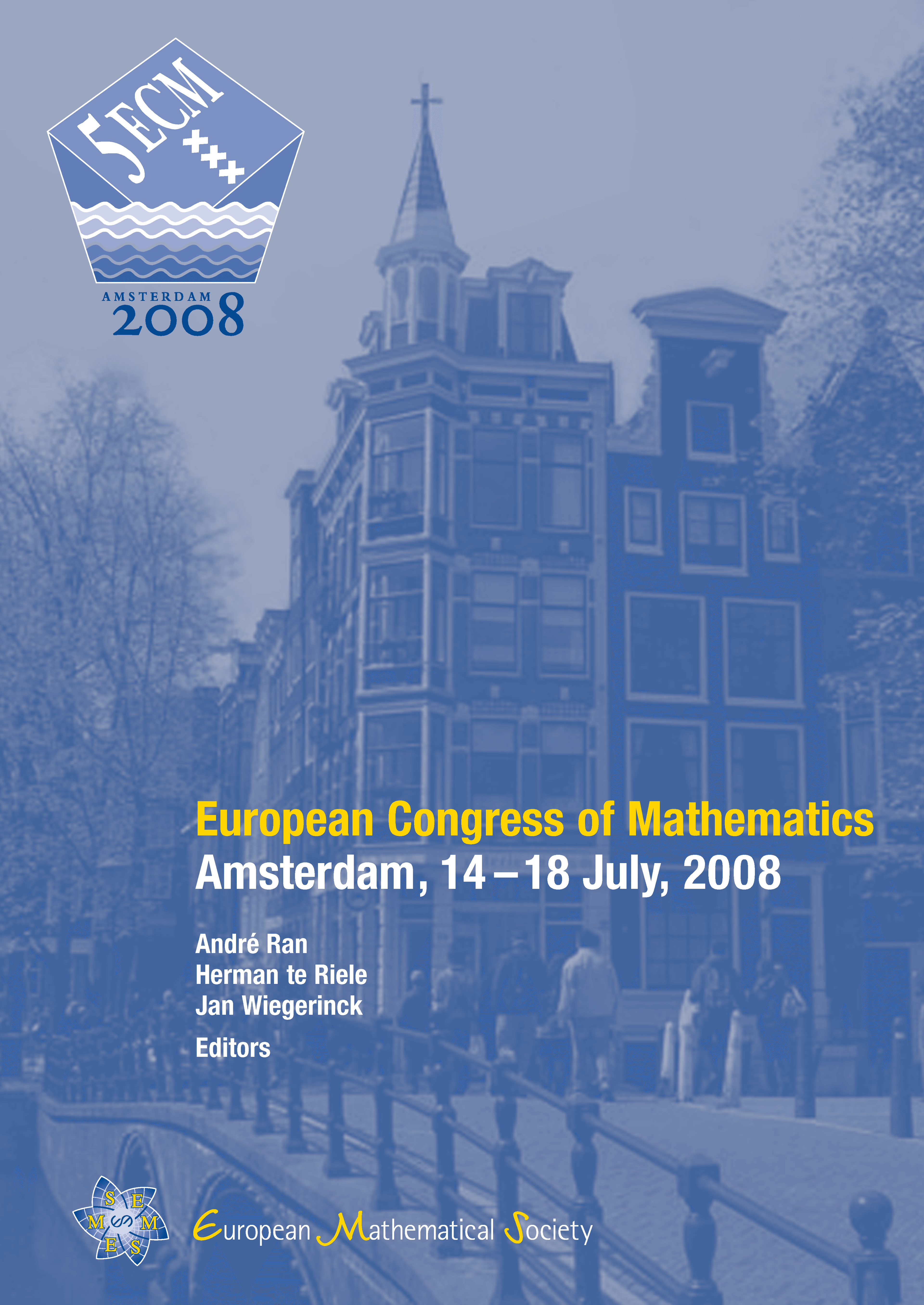New developments in combinatorial number theory and applications
Jean Bourgain
Institute for Advanced Study, Princeton, United States

A subscription is required to access this book chapter.
Abstract
This is a survey of a line of research in arithmetic combinatorics. It is centered around so-called sum-product phenomena in various settings and its applications to problems in number theory, computer science, spectral and ergodic theory. More specifically, the sum-product results in finite fields and residue rings lead to new bounds on exponential sums of various types and in fact provide the first non-trivial estimates. A typical result in this spirit are bounds on Gauss sums for small multiplicative subgroups. Product theorems in matrix spaces derived from the scalar theory enable one to prove various conjectures on the expansion of Cayley graphs and the existence of spectral gaps for Hecke operators, most notably in SL2(q) and SU(2). Those in turn lead to an extension of Selberg’s theorem for congruence subgroups and new results on prime sieving in non-elementary subgroups of SL2(ℤ). Finally, Furstenberg’s “stiffness problem” for toral actions of subgroups of SL2(ℤ) as well as a quantitative equidistibution property of the orbits are described.